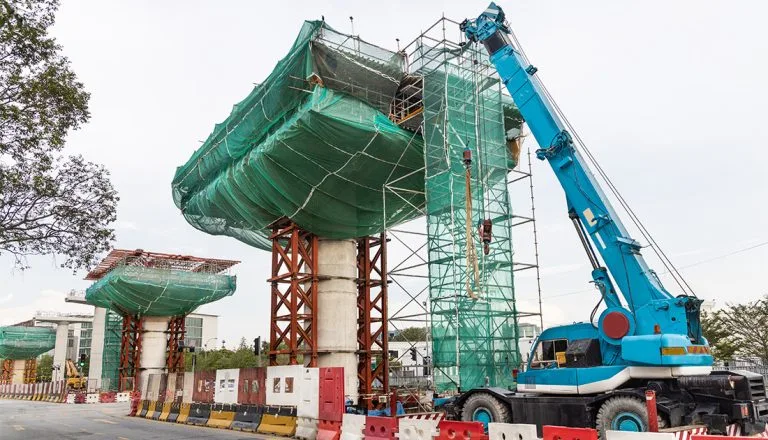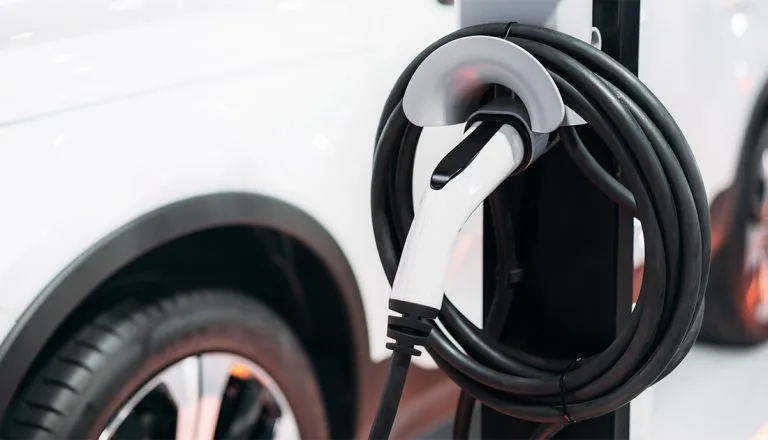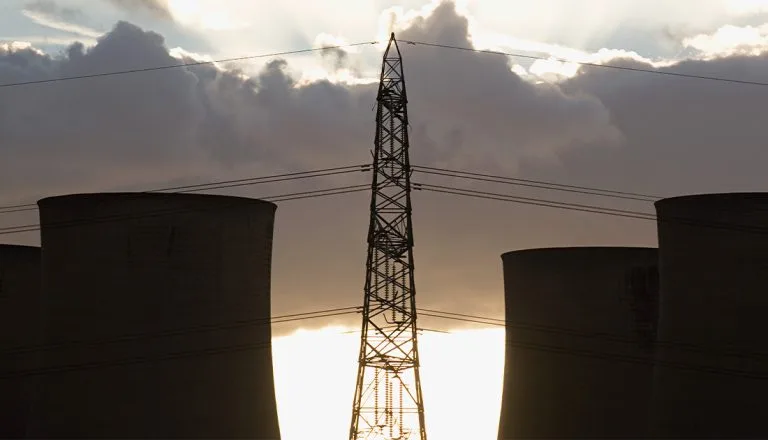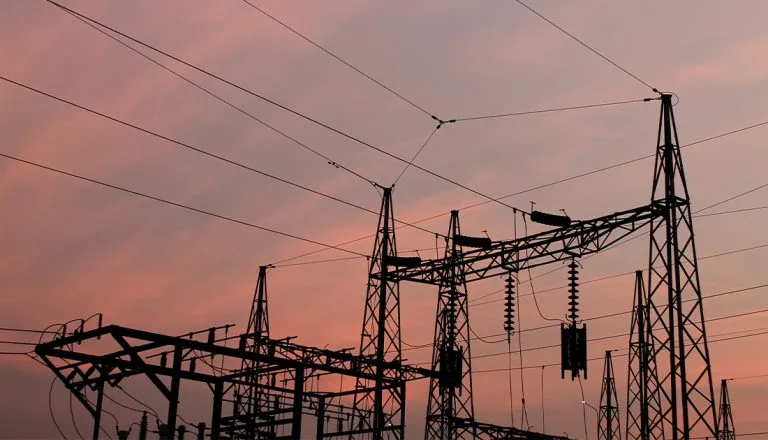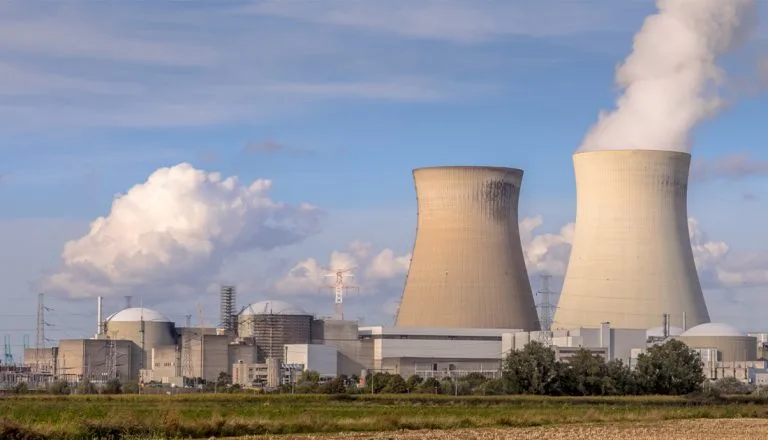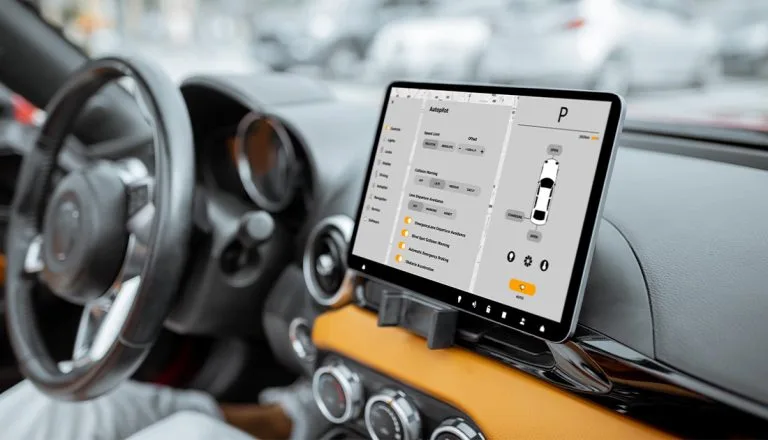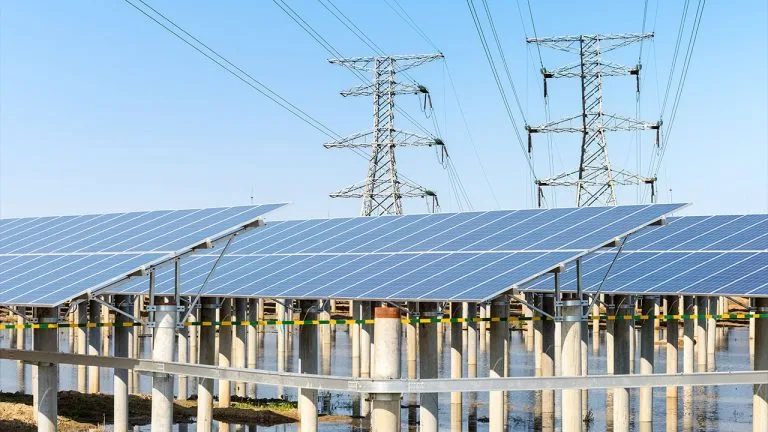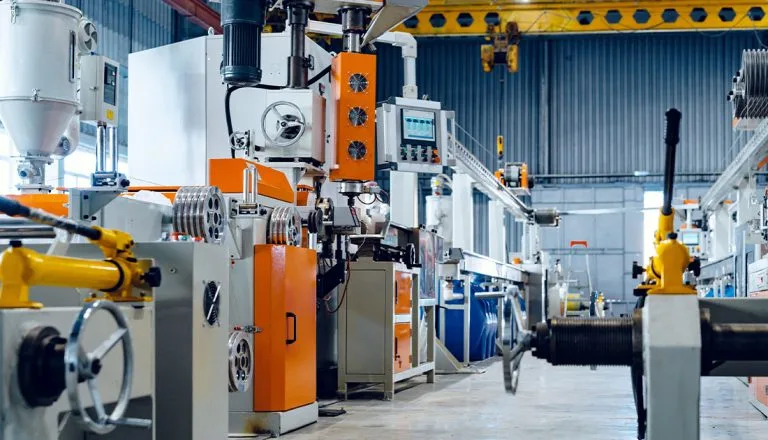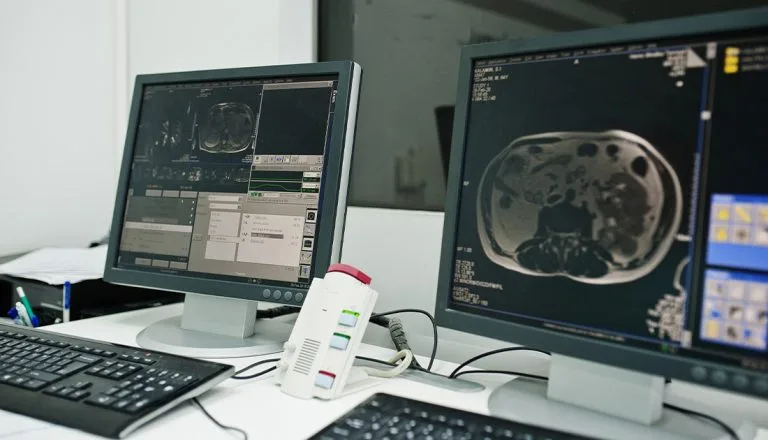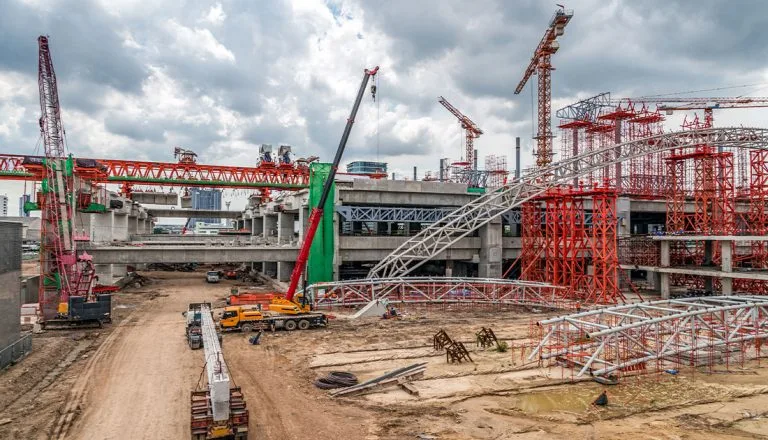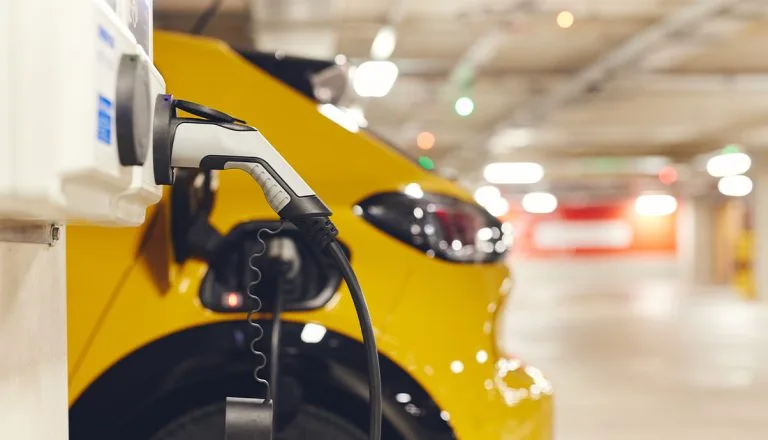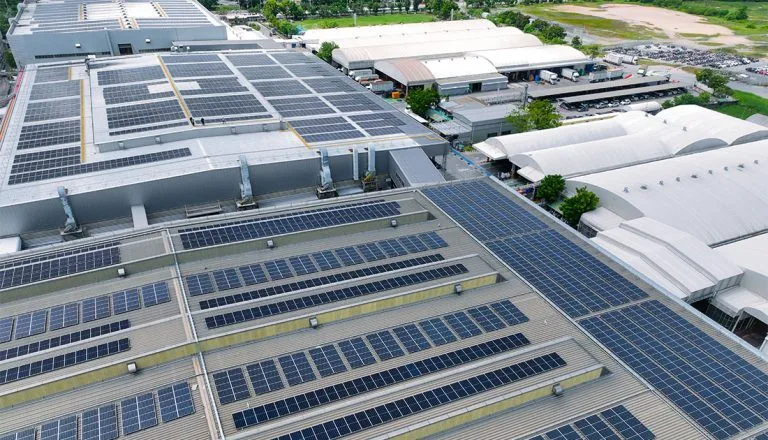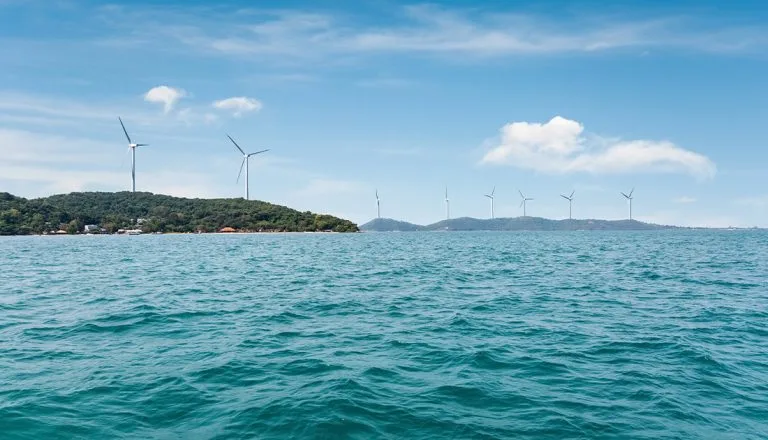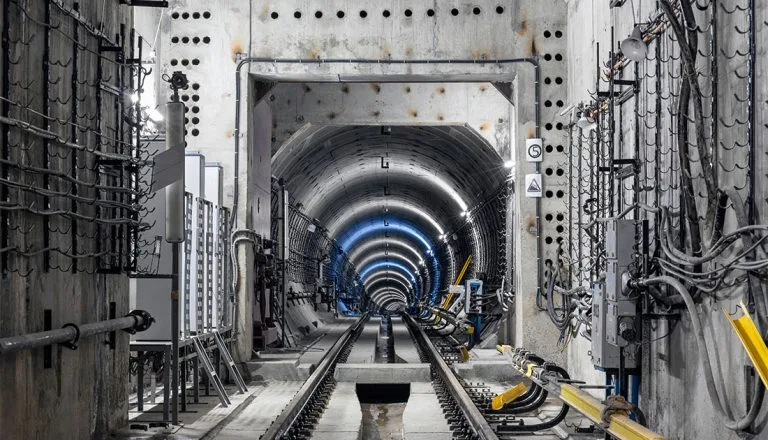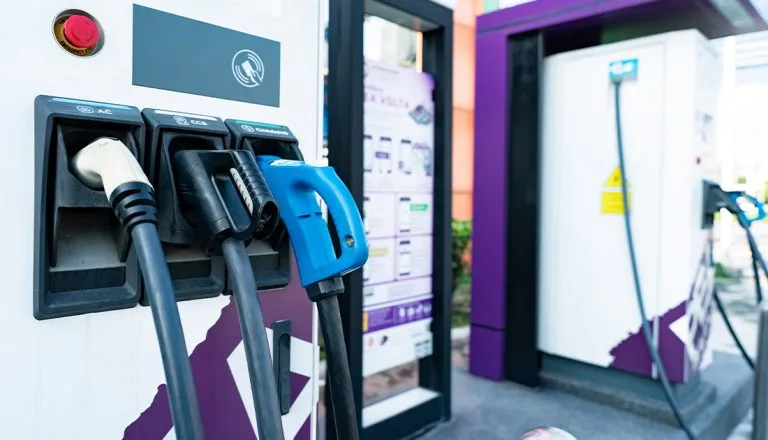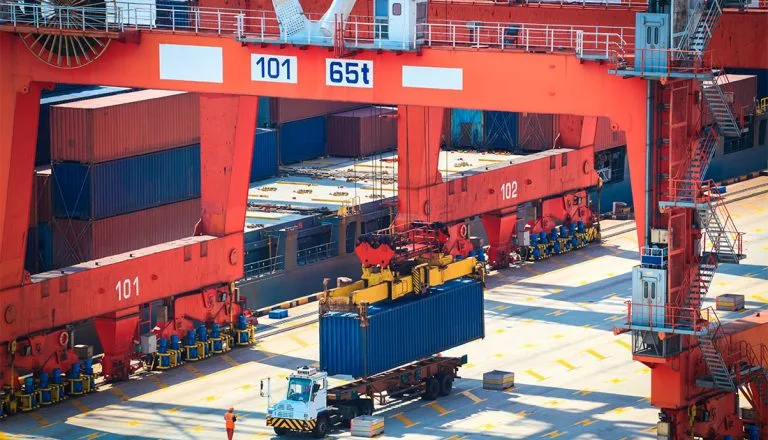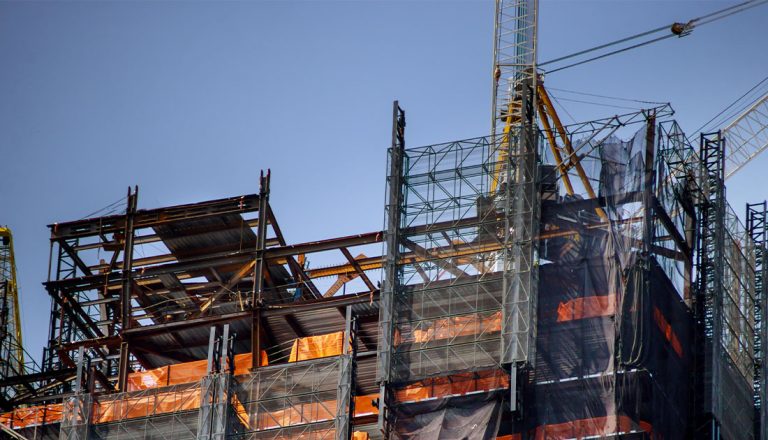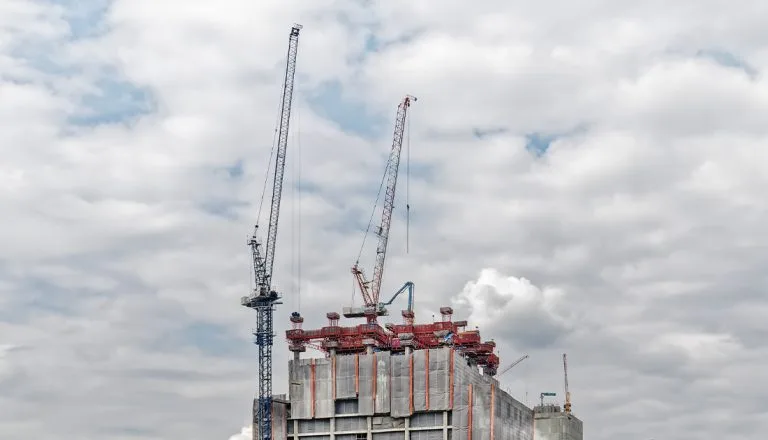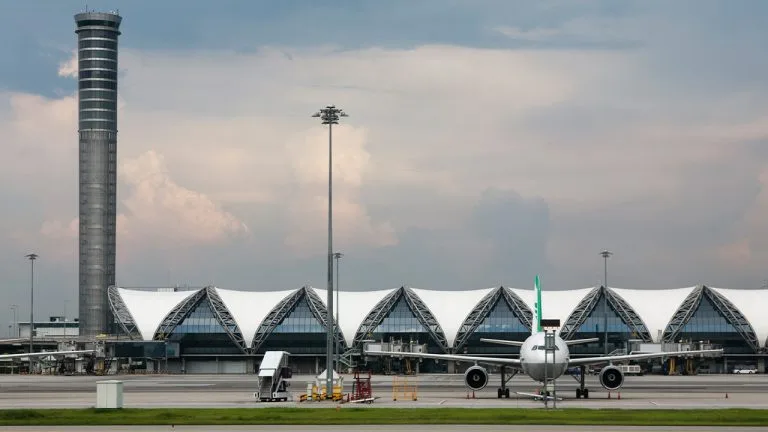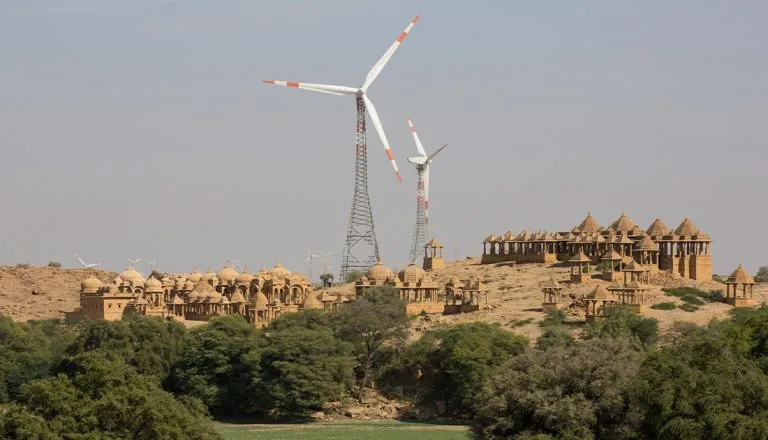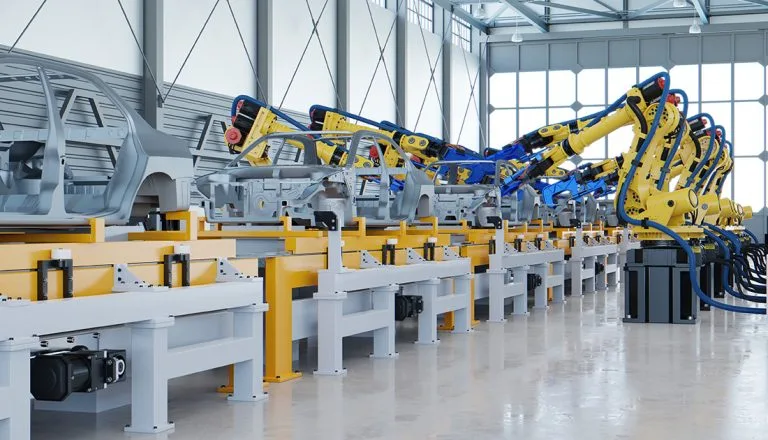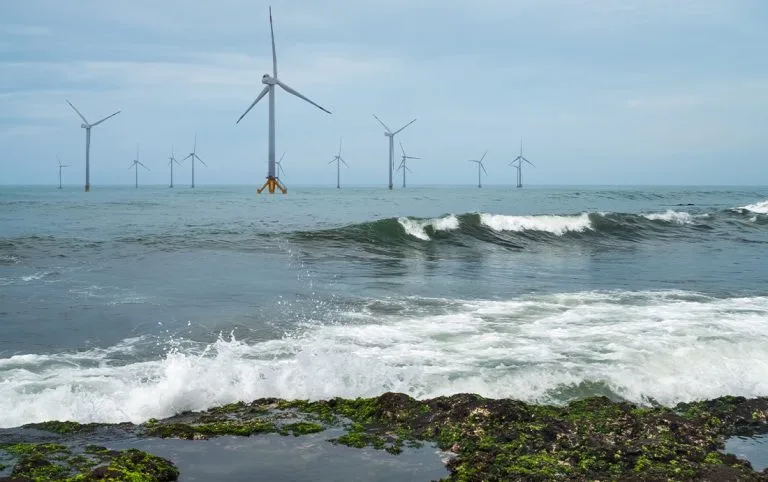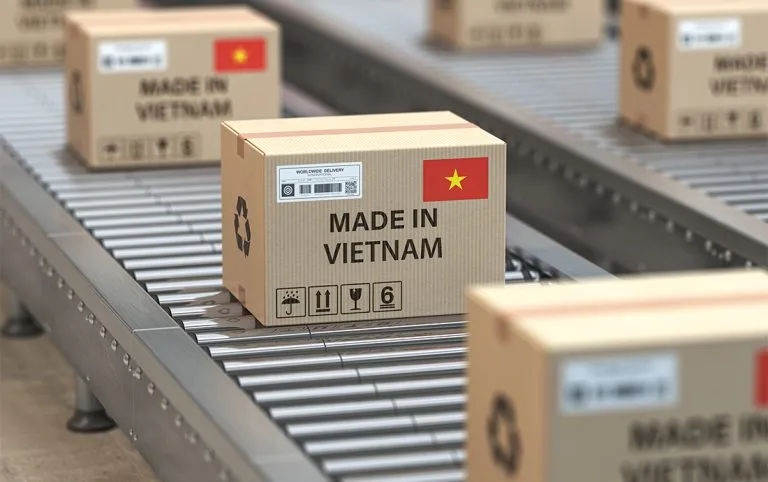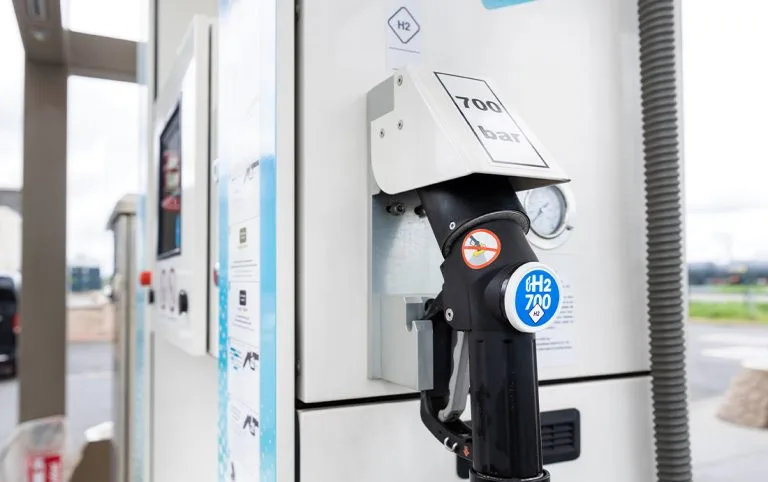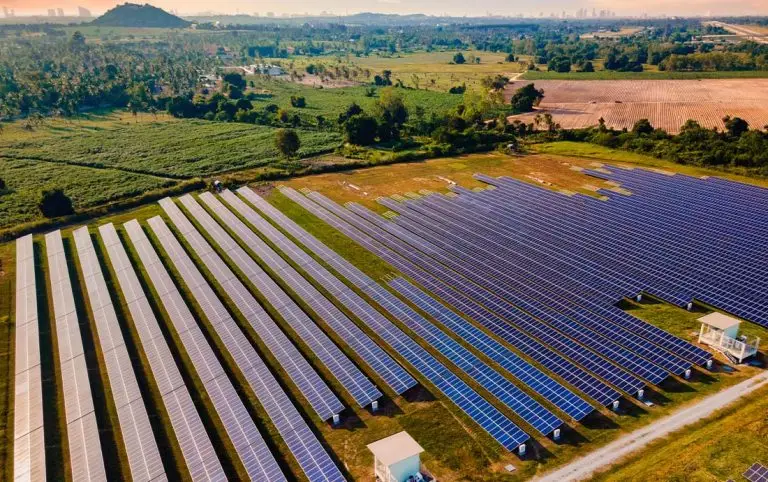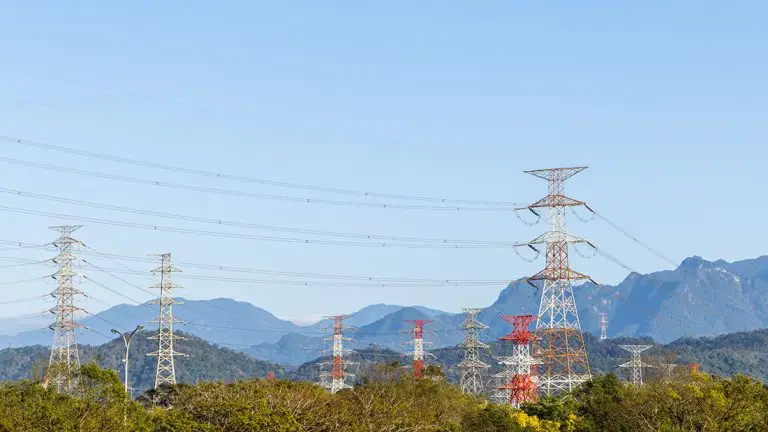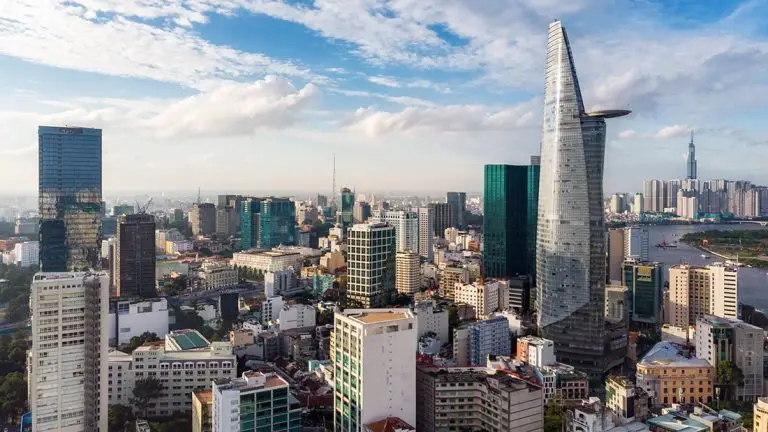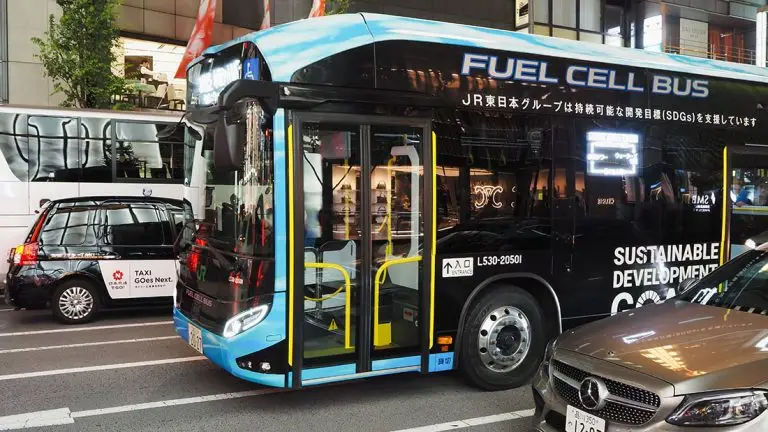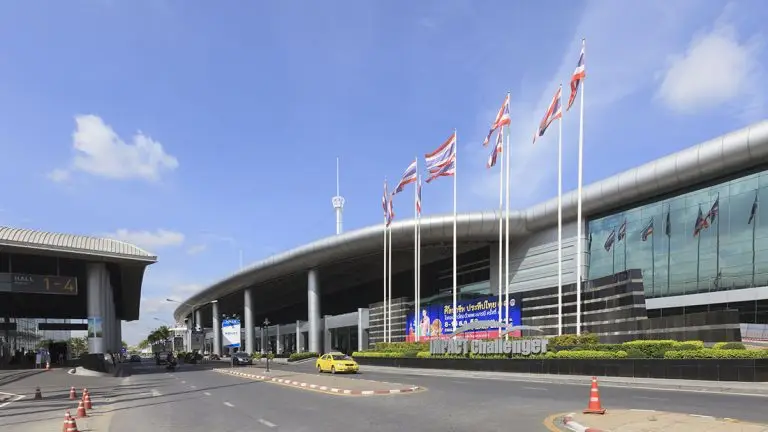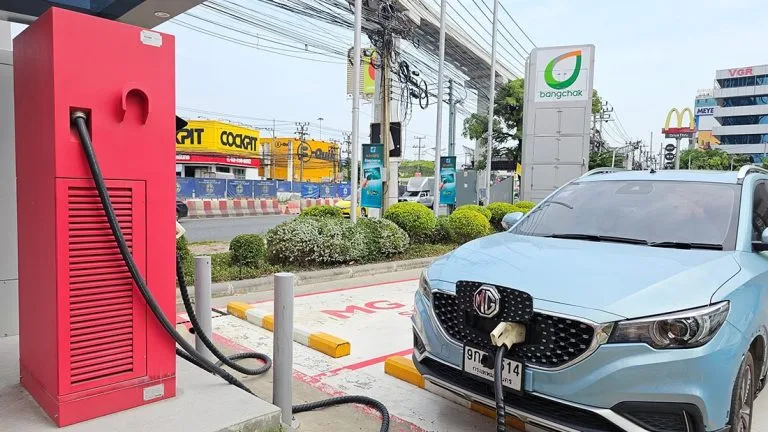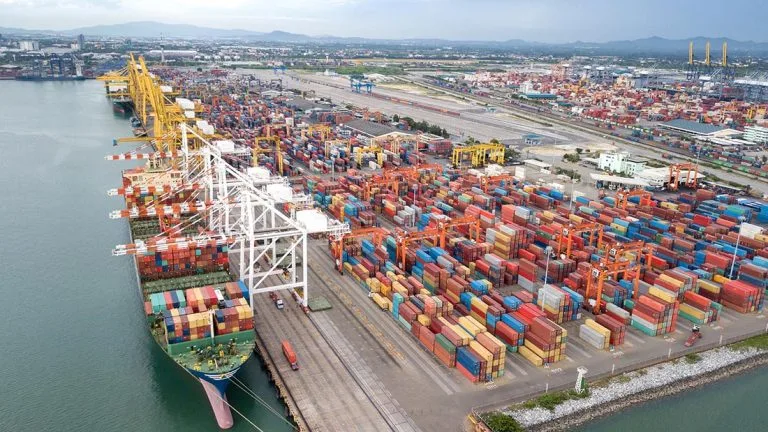- Opportunities in the Asian Automotive Sector include EV infrastructure development, two- and three-wheeler manufacturing, and hydrogen vehicle support
- EV sales in Asia could grow by as much as 22 percent annually over the next few years
- India, Thailand, and Malaysia are focused on EV adoption while Japan and South Korea are also interested in hybrid and hydrogen vehicles
Opportunities in the Asian automotive sector are changing rapidly. The region finds itself midway through a seismic shift as demand for internal combustion engine vehicles declines and interest in EVs rises. Asian Insiders Managing Partner Jari Hietala offers an overview of where overseas firms can find success. For more insights, download our latest report,
Asia’s Automotive Industry 2025: Opportunities and Challenges, by clicking here.
The move from internal combustion engine (ICE) vehicles to battery electric vehicles (BEV) and even hybrid electric vehicles (HEV) in some markets has been swift. The number of EVs sold in 2023 nearly doubled compared to the previous year. What’s more, sales growth is predicted to continue throughout the rest of the decade.
Projections show EV sales in Asia could grow by as much as 22 percent annually over the next few years. This would see them make up almost 40 percent of new car sales in 2028. Research from the International Renewable Energy Agency found that 20 percent of all vehicles in Southeast Asia will be electric by 2025.
The latter figure highlights an interesting point. China is, by far and away, the largest EV market globally. However, other countries in the region are seeing adoption happen at a rapid clip. The situation is creating opportunities up and down the Asian automotive sector value chain.
These are not simply limited to passenger vehicles. More countries have either implemented policies or are exploring ways to move public transportation away from gas-powered options to electric or hydrogen-powered ones. Additionally, large, emission emitting trucks are starting to be phased out in favour of electrified models in select markets.
The needs and development of the auto sector vary by country, which is something foreign firms must monitor. For example, EV infrastructure concerns in many Asian countries are holding back demand and creating issues for manufacturers of vehicles and parts.
Overall, the situation is positive despite the presence of some issues. Interest in battery-powered two- and three-wheel vehicles is surging. Auto part production will remain a crucial source of manufacturing. There is a real need for infrastructure and technology advancements to support Asia’s increasingly electrified automotive industry. All of these have created opportunities for overseas companies.
Where are the opportunities in the Asian automotive sector?
As mentioned earlier, the sector in Asia is fragmented. Each country is at a different stage of its transition to clean energy mobility. Despite this, the region has significant untapped potential for automotive manufacturers and industry-focused organisations. Here is a closer look at a few markets.
India
Notable opportunities: Electric two- and three-wheelers, advanced component manufacturing
The automotive sector in India has attracted USD36 billion in foreign direct investment over the past four years and it now contributes approximately six percent to India’s national GDP. It is the fourth largest manufacturer of passenger vehicles and the largest manufacturer of two-wheelers and three-wheelers globally.
Domestic demand remains strong as more than 20 million vehicles were registered in 2023. The country is also advancing in sustainable mobility, with 4.4 million EVs registered as of August 2024, achieving a 6.6 percent market penetration rate. The Indian government set a target of having 30 percent of all vehicles sold in the country by 2030 be electric. This would see approximately 13 million EVs hitting the road.
A number of schemes and government initiatives are in place for foreign firms entering India or expanding operations.
Japan
Notable opportunities: Hydrogen, advanced components, autonomous driving
Japan has long been a global automotive industry leader but has found itself pursuing multiple paths forward. From a BEV perspective, sales are the lowest among advanced economies. Meanwhile, no Japanese brand placed among the top 20 worldwide BEV makers by vehicles sold.
Domestically, infrastructure is the most significant issue as consumers remain dubious about the viability of electric cars. This has resulted in consumers preferring HEVs. Japan continues to support hybrids even if they have different requirements from BEVs.
There is also the presence of hydrogen fuel cell vehicles (FCV), further complicating matters. These can be found in the passenger vehicle and commercial truck markets. Cities are starting to leverage FCVs as service vehicles.
South Korea
Notable opportunities: EV infrastructure, hydrogen
South Korea is another country where the adoption of EVs has been slower than anticipated. The government is interested in growing their usage, but this will require significant investment in the country’s EV infrastructure. Progress here is ongoing, and opportunities are available for overseas companies.
Elsewhere, Korea is a leader in hydrogen mobility. The country remains committed to having the largest market share of hydrogen-powered passenger vehicles and fuel cell electric vehicles (FCEVs) in the world.
Current targets are to produce 300,000 FCEVs and 21,200 buses by 2030. Korea has set a long-term goal of increasing commercial production capacity to 100,000 FCEVs annually with 70 liquid hydrogen-refuelling stations planned for 2030. A key milestone was reached in July 2024 when South Korea’s Ministry of Environment announced that 1,000 hydrogen public buses were in use.
Indonesia
Notable opportunities: EV component production
Indonesia is Southeast Asia’s largest auto market and one where many international companies are already present. Many opportunities are currently available in the country but the manufacturing of EV components, and batteries in particular, stands out.
The government is promoting high local content manufacturing with EV batteries highlighted as a priority area due to Indonesia’s vast nickel reserves. The country is aiming to be among the world’s largest producers of EV batteries by 2027 and is now building up the value chain.
Thailand
Notable opportunities: EV infrastructure, auto part manufacturing
Thailand is seen as a leading automotive market in Southeast Asia with many of the world’s top carmakers alongside numerous parts manufacturers active in the Kingdom. The country has also been among the quickest in the region to pivot to EVs.
While ICE vehicle and part production still has a role to play in the country, the segment is starting to shrink. Recently, a few overseas brands started scaling down ICE operations while others shuttered factories entirely.
Seeing this, the government pivoted to “Next-Gen Automotive,” one of the sectors included in the Thailand 4.0 strategy. Through the Board of Investment (BOI), a range of incentives is available for overseas firms investing in BEVs, PHEVs, electric buses, electric trucks, two- and three-wheel EVs, parts and components, and charging stations.
Malaysia
Notable opportunities: EV infrastructure, EV production, auto part manufacturing
When the Malaysian Investment Development Authority (MIDA) unveiled automotive industry incentives designed to encourage local manufacturing, it was seen as a step in the right direction. The scheme was part of the country’s National Automotive Policy 2020 (NAP2020) that seeks to modernise the sector as a whole.
While several foreign organisations have entered Malaysia in the past few years, the government is still looking for additional foreign direct investors in auto production, part manufacturing, and EV infrastructure. The country may be behind Thailand in terms of EV adoption, but the goal is to close this gap quickly.
Final thoughts
There are certainly challenges for foreign outfits considering Asia. Chief among them is competition from China which has had a significant head start and is now active across Asia. Not only are Chinese EV brands popular, but manufacturers are establishing parts factories and logistics facilities across the region.
The head start is not insurmountable. Several countries are offering incentives to manufacturers across the value chain. Infrastructure and other technologies are segments that are currently wide open.
Ultimately, those overseas firms in Asia now will have a massive advantage over late arrivals. Having assisted companies in the automotive sector with their Asia market entrance or expansion, we here at Asian Insiders know the road to success. If you’re ready to start the journey, our team of in-country experts can show you the way forward.
For additional information on Asia’s dynamic auto industry, download our latest report,
Asia’s Automotive Industry 2025: Opportunities and Challenges, by clicking here.
Opportunities are readily available in the Asian automotive sectors for companies ready to act. To learn more, schedule a no-obligation call with Jari Hietala, Managing Partner: jari.Hietala (at)asianinsiders.com


